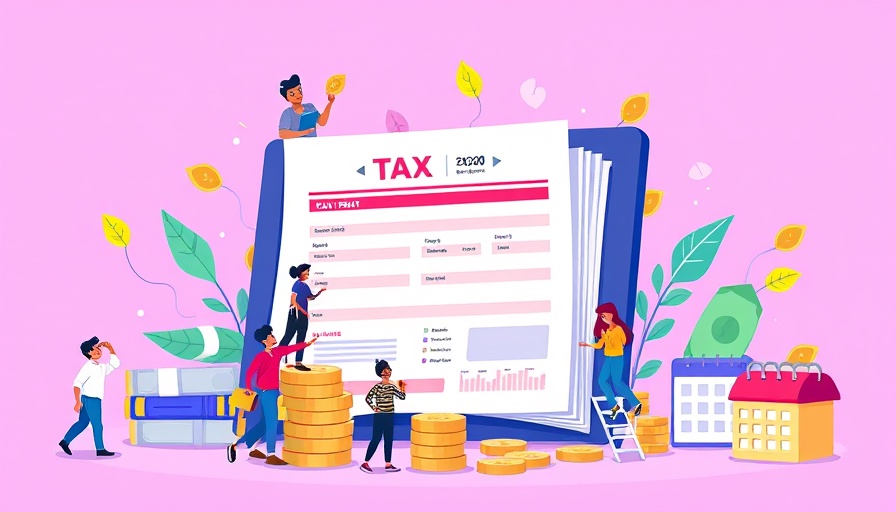
Understanding the Importance of IRS Form W-7
IRS Form W-7 is critical for non-U.S. citizens and residents who need to establish their identity for tax purposes. Obtaining an Individual Taxpayer Identification Number (ITIN) is not just about filing taxes; it may also open doors for essential services such as securing a mortgage, participating in employment settlement disputes, or even opening an interest-bearing checking account. For many immigrants and foreign nationals, an ITIN is a gateway to financial inclusivity in the U.S. economy.
Who Needs an ITIN?
If you are not a U.S. citizen and cannot obtain a Social Security Number (SSN), applying for an ITIN through Form W-7 is often a necessary step. Failure to secure an ITIN can hinder your ability to comply with U.S. tax laws, thereby affecting your financial activities. Additionally, anyone involved in U.S. income-generating activities who lacks an SSN will also fall into this category, highlighting the document's broad necessity.
Steps to Complete IRS Form W-7
Filling out Form W-7 is straightforward if you follow a simple process:
- Select Your Reason for Submission: Clearly state why you need an ITIN. Note that if your reason doesn’t fall under specific categorized reasons, you’ll need to accompany it with your federal tax return.
- Provide Personal Information: Make sure to fill out pertinent details like your name and addresses—both current and foreign if applicable. If you no longer retain a foreign address, listing your previous residence suffices.
- Gather Supporting Documentation: Be diligent about noting which identification documents you've submitted alongside your Form W-7. This documentation is crucial in validating your request.
- Final Touch: Don’t forget to sign and date the form, ensuring you’ve completed it fully and correctly.
Why You Should Avoid Online Submission Services
While some services offer simplified online submissions for Form W-7, it's critical to understand the limitations. These services typically record your information, fill out the form, and send it autocratically by mail. They cannot expedite the process faster than you could personally, and their fees often surpass what one would pay for straightforward paper submission. Keeping your application self-managed is often the most cost-effective approach.
In conclusion, ensuring you understand the nuances of IRS Form W-7 is essential for anyone needing an ITIN. This form not only helps comply with tax laws but also enhances your ability to engage in the financial landscape of the United States. Act proactively, and ensure you fill the form out correctly for seamless processing.
 Add Row
Add Row  Add
Add 




Write A Comment